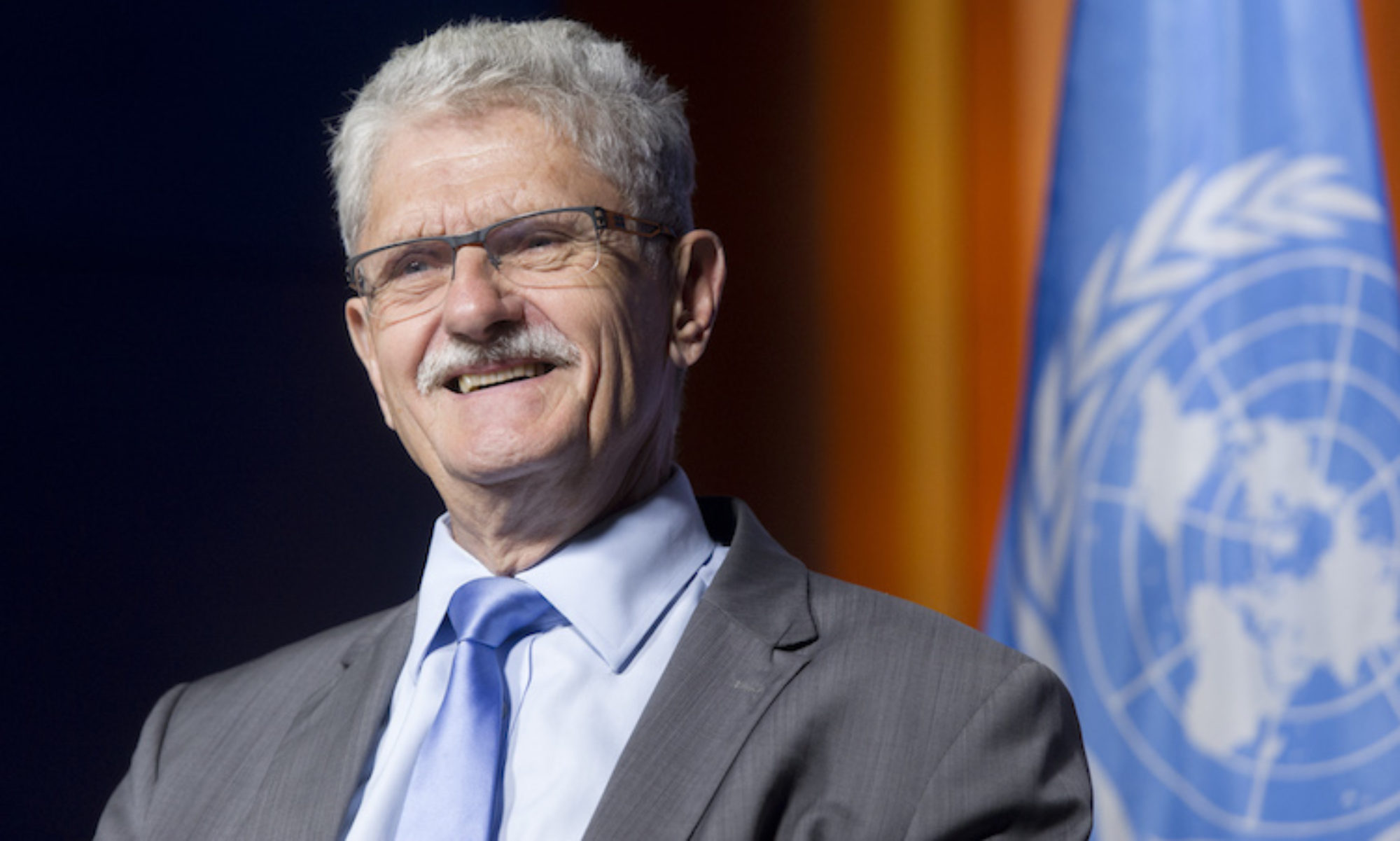Sadly, peace and justice for Ukraine require ever more weapons from the West to liberate the occupied territories. And the ultimate horror scenario is that Putin’s response to being pushed back along the front lines becomes a desperate decision to use tactical nuclear weapons to destroy Ukraine’s military. This would multiply the loss of both military and civilian lives in one fell swoop and lead directly to NATO’s participation in the war, which may lead to war and arms races spiraling completely out of control.
Therefore, all hope rests on a change of heart and perhaps a change of power in the Russian leadership, in order for peace negotiations to start – and thus paving the way for rebuilding life in Ukraine.
We must also sincerely hope that a peace in Ukraine will lead to the West being able to negotiate once more with Russia to restore agreements on controlled limitations of missile and nuclear weapons systems and the prohibition of the proliferation of nuclear weapons, which contributed crucially to ending the old Cold War.
Only renewed cooperation between the West and Russia, expanded to include China, can slow down the ongoing arms race and prevent the proliferation of nuclear weapons to more and more states. Dare we believe in such cooperation?
Doubtful promises
Nuclear proliferation can hardly be avoided without very tangible guarantees for and alliances with the countries that must renounce nuclear weapons, that they will not be exposed to military attacks from other countries.. However, deep distrust in the long-term sustainability of such guarantees will prevail. Remember that in 1994 Russia helped to guarantee Ukraine’s borders in exchange for handing over Ukraine’s share of the old Soviet nuclear weapons stockpiles.
North Korea’s seemingly insane drive to massively stockpile nuclear weapons and long-range missiles is hardly based on the delusion that the country and its regime would exist only minutes after a nuclear attack on the United States. But the dictator Kim Jong-un’s logic is simple: Would Saddam Hussein or Gaddafi have been removed by military force, had they possessed nuclear weapons to respond with?
The same logic led Iran’s clergy to toy with developing nuclear weapons. It was a particularly risky project because, in the conflict-torn Middle Eastern region, it could quickly lead to a preemptive attack by Israel and a nuclear race with Saudi Arabia and other neighboring countries. The non-proliferation agreements could be completely blown up.
Trump’s brutal deal-breaking
Therefore, up until 2015, a brilliant diplomatic offensive to lift economic sanctions against Iran and so as to let the country experience not being under threat of attack – while Iran, in return, had to renounce plans to develop the bomb. An agreement, the JCPOA, was concluded not only between the US and Iran, but including Russia, China, Great Britain, France, Germany and the EU as well, and furthermore confirmed in the UN Security Council.
Against the backdrop of many decades of conflict between the United States and Iran, this agreement was historic, and it served to strengthen the more moderate forces in Iran that had brought about the agreement. This is why it was terrible and idiotic that three years later Trump tore up the deal and re-imposed an even harsher sanctions regime on Iran. It is tragic that as the new president Joe Biden did not manage to move swiftly to restore the nuclear deal. This have prevented the return to power of the radical clerics , nurturing their strong doubts about whether guarantees from the West were trustworthy, and thus nuclear force could be dispensed with. Now the Iranian regime may be so cornered by domestic problems that it might still want an agreement. But the opportunity is definitely missed.
Iran out of reach
At this point in time, no Western power or organisation can make deals with a regime that massacres participants of huge popular protests, and executes countless young men for petty offenses, in order to scare people from joining the mass movement that threatens the regime’s very survival. A regime which, by the way, also supplies hideous drone weapons for Putin’s war of aggression against the Ukrainian civilian population.
In Iran as in Russia, we must now cling to the narrow hope of regime change from within.
But there may be dramatic interludes, with Israel’s new right-wing Netanyahu government trying to destroy Iran’s nuclear facilities before a nuclear bomb is ready for use. This might delay the bomb, but hardly prevent it. And it will convince the clergy even more of its necessity. In addition, Iran has many opportunities to – with the help of allied forces in Israel’s vicinity – trigger a new and larger conflict in the war-torn Middle Eastern region.
The paths to peace are few, narrow and uncertain.
This is a translation of a piece published in Danish in Berlingske on 23rd of January, 2023

